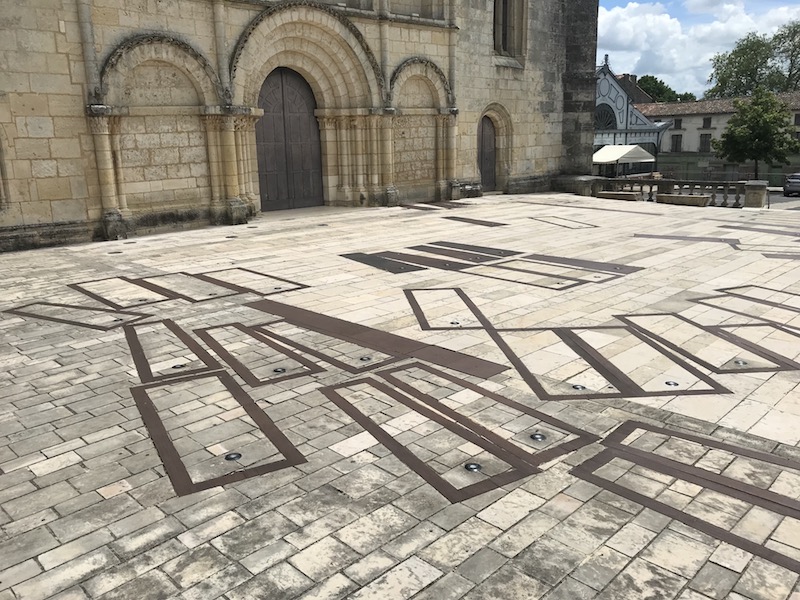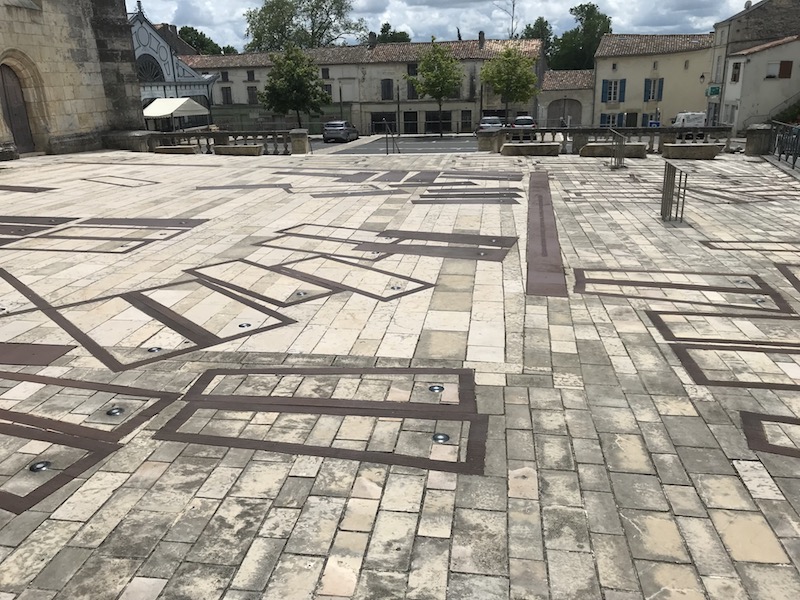Our Blog - Jonzac, France
We needed to stop for lunch on our way to Nantes, so the town of Jonzac seemed to be a good place to stop. There was a Michelin guide that we had picked up called "Les Plus Beaux Detours de France" or the most beautiful detours. These are little villages that are great ones to stop at that seem to be fairly close to the major autoroutes. Hence the "detour" off the major road. If you happen to be in France and are looking for this, their website is http://www.plusbeauxdetours.com/.
The town dates back to Gallo-Roman times, 3rd to 4th century, when an aquatic leisure center was here. That got abandoned and in the 6th-7th century, there was a Merovingian necropolis (more on this in a bit). Now, it boasts the 10th most popular French spa/thermal baths, which was opened in 1986 in an old stone quarry.
The Château de Jonzac is one of the emblematic monuments of the city. Established on a limestone outcrop overlooking the valley Seugne, it dates mainly from the 15th century. Significant changes were made to its structure in the 19th century to add town hall and a theater to the side of it. A first castle is mentioned in a charter from the 11th century although the exact placement of that castle has been debated by several historians. The old castle is replaced by the current building around 1449, the date inscribed on the gatehouse, most likely due to damage during the Hundred Years War. The castle has been visited by illustrious personalities throughout its history, such as King Henry IV, King Louis XIV and Cardinal Mazarin. We didn't go inside and just saw it from the area in front.
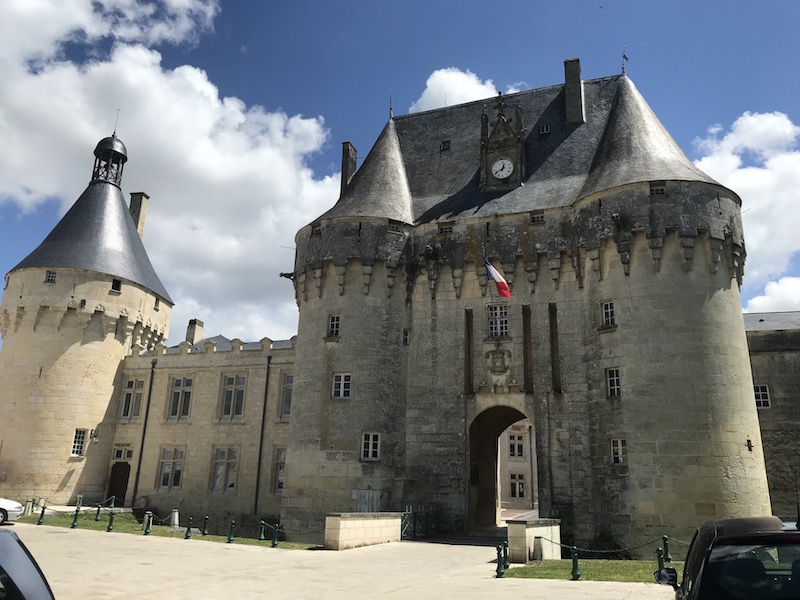
The city gate, formerly called "gate of the castle", is one of the few remains of the fortified wall which once protected the castle district. It dates from the 15th century and reflects the feeling of insecurity in the province at the end of the Hundred Years War.
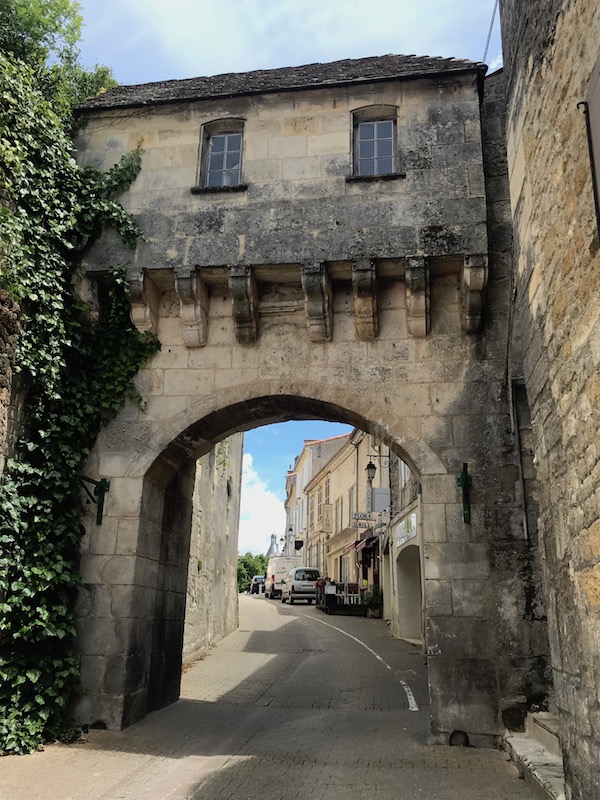
There is also a 19th century metal "Eiffel" type market building.
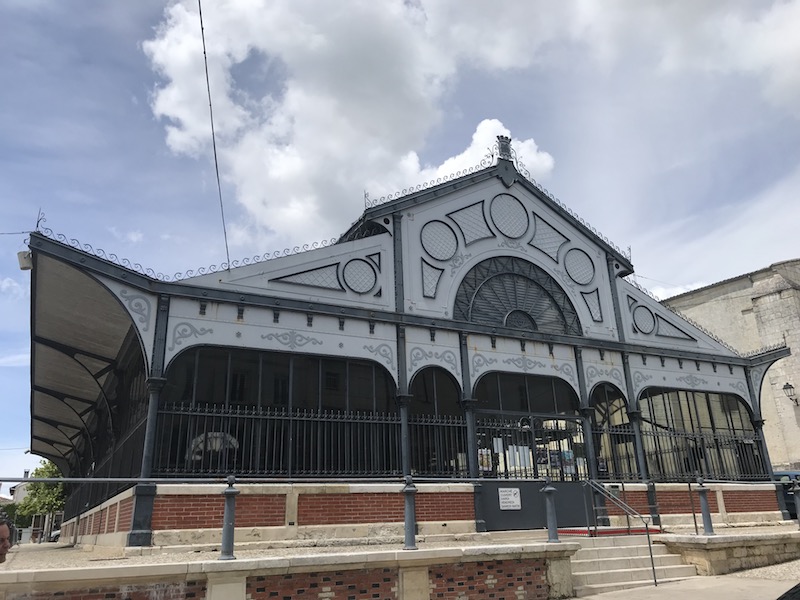
Saint-Gervais-Saint-Protais Church of Jonzac may have been founded in the early Middle Ages, although the current building is not earlier than the 12th century. The central part of the façade is characteristic of the Romanesque architecture. However, it has a unique detail in the region: the presence on the top floor of the eight columns ending with small conical lanterns harboring human faces. The church was enlarged in the 16th century and was restored between 1847 and 1854.
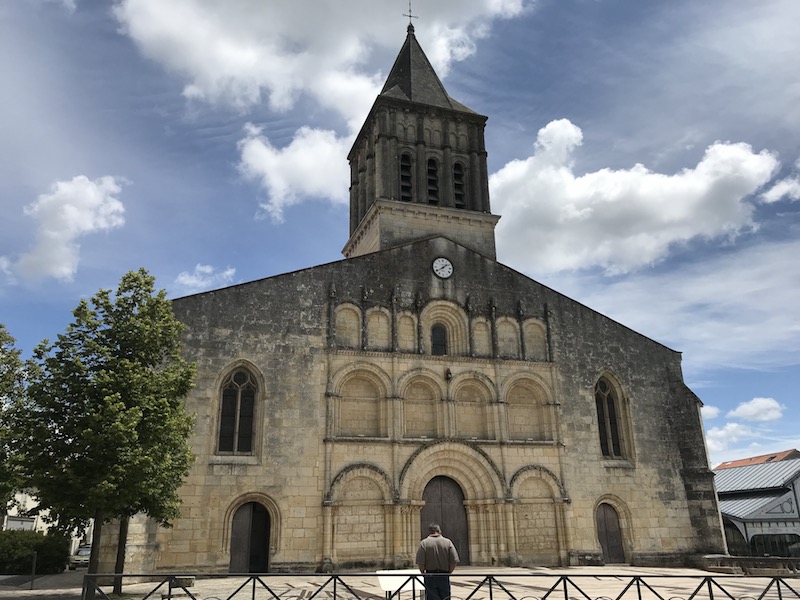

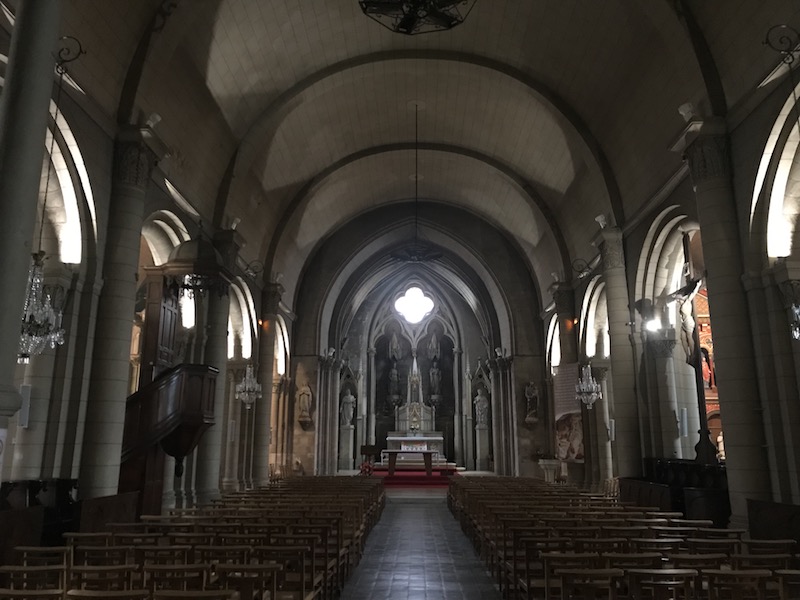

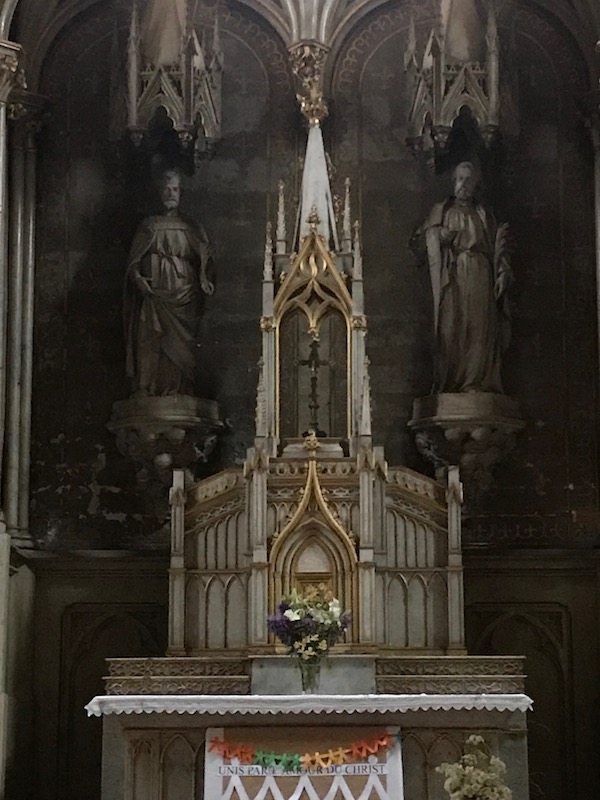

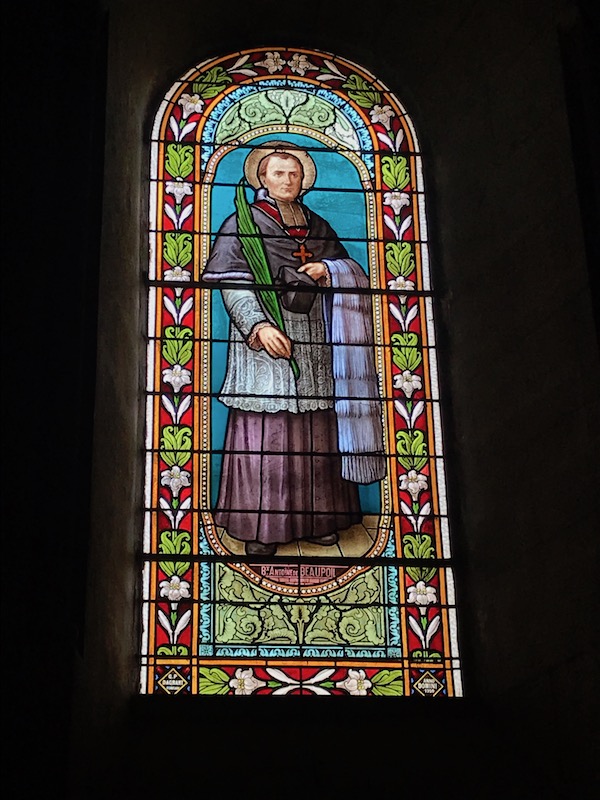
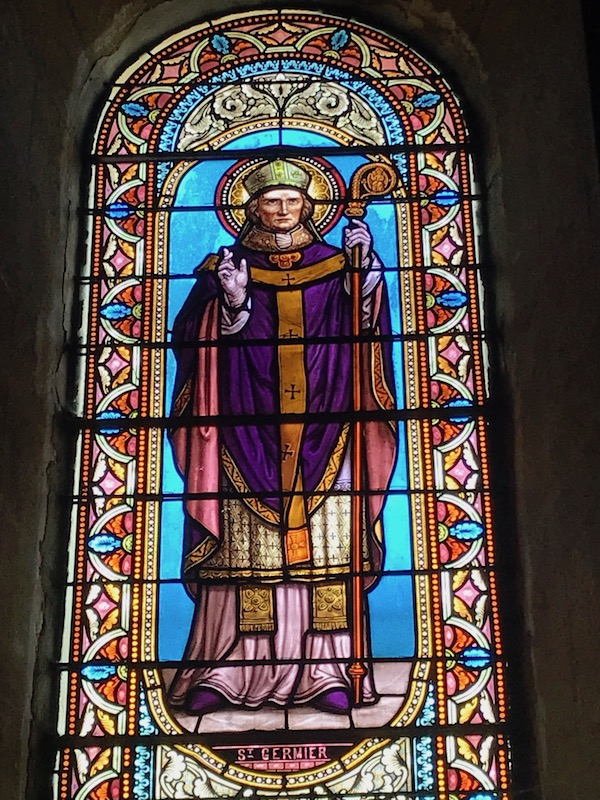
The square was the subject of archaeological excavations in 2009, which revealed the presence of a Merovingian cemetery dated of the 6th and 7th centuries. There are a total of 129 sarcophagi that were found, and just inside the door of the church, there are a couple of the actual sarcophagi.

